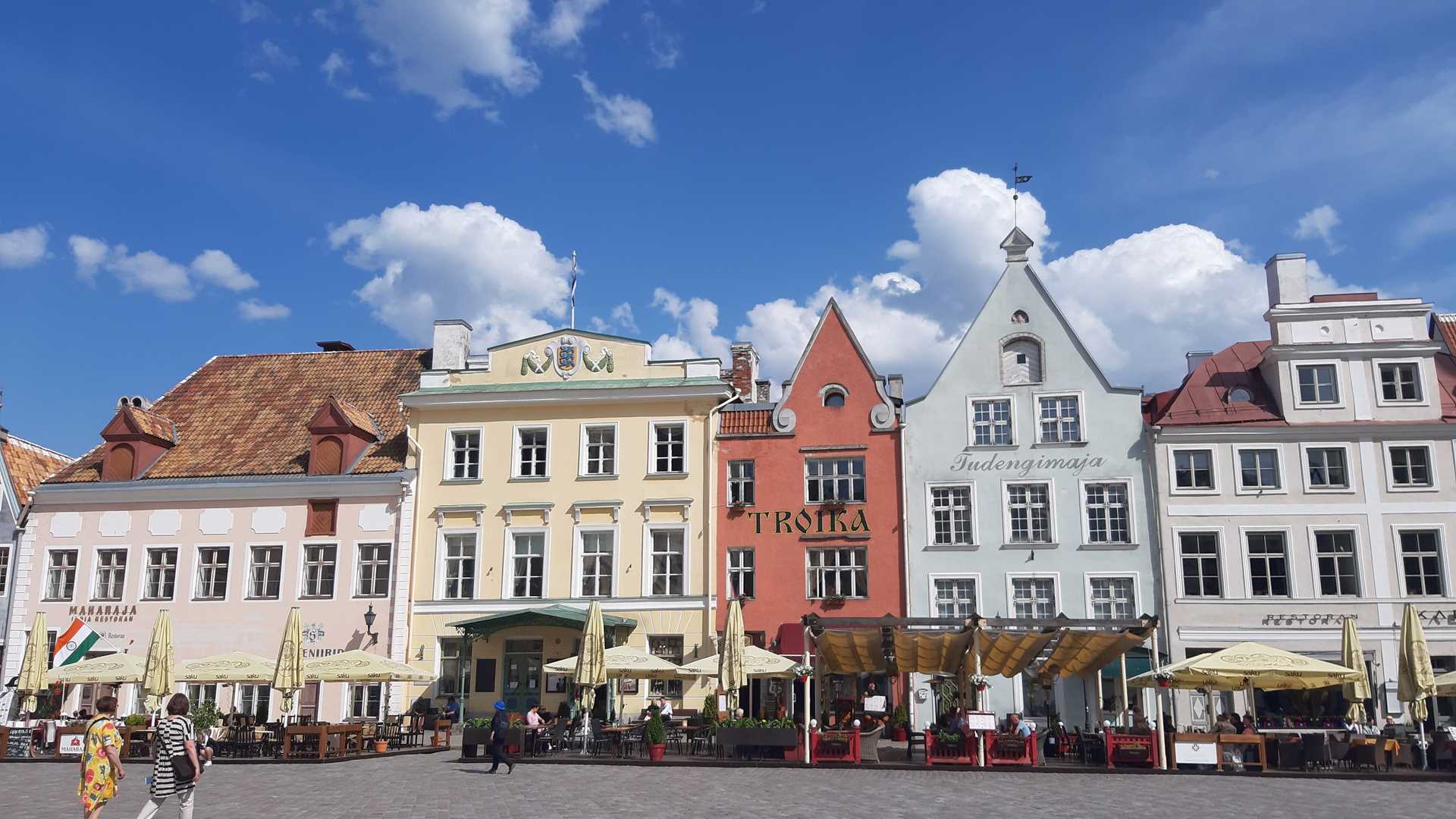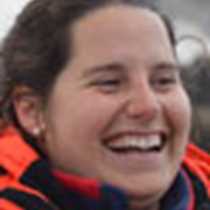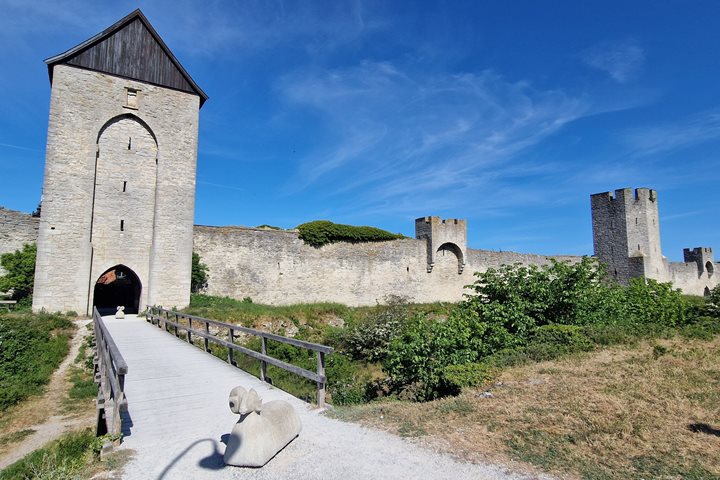National Geographic Explorer sailed through the Gulf of Finland and docked at Tallinn’s old city harbour, right next to Old Town. As we sailed in, we could see the impressive walls that surround part of this delightful and memorable medieval town.
Estonia is the smallest of the Baltic States. From the 13th century until the first half of the 20th century, Tallinn, the capital of Estonia, was known in most of the world by variants of its other name, Reval. The origin of this impressive medieval Baltic town dates to the 13th century with the construction of a castle by the crusading knights of the Teutonic Order. Its history shines everywhere, from the architecture to the picturesque shops and even in the traditional restaurants where locals dress in medieval clothes and serve delicious food. The town has charming craftwork, amazing chocolate shops, and even marzipan museums.
Starting in the Upper Town, called Toompea, we visited the Russian Orthodox Church of Alexander Nevsky and the 13th century Gothic Dome Church. We walked around the narrow cobblestone streets, observing colourful medieval houses and stopping at the terraces to admire extraordinary views of the historic downtown. Tallinn was a major center of the Hanseatic League, and its importance is clear on the building fronts, churches, and in the general architecture.
One significant aspect of our expedition has been witnessing the strong solidarity of Baltic countries with Ukraine. The solidarity has been visible in every town we visit. Strong statements, flags, and installations demonstrate the compassionate feelings of the Baltic countries toward Ukrainians. In Tallinn, we stopped outside the Russian embassy and were mesmerized by the photos, banners, posters, and children’s drawings that support the Ukrainians and denounce the Russian invasion. Very direct messages and graphics were proudly shared by all local guides.
Our Estonian day ended with a unique, fun, and very lively musical performance by the duo Puuluup on the sun deck. The two musicians have resurrected an ancient musical instrument called talharpa (bowed lyre) to create new, modern sounds that they present in a very unique style.







